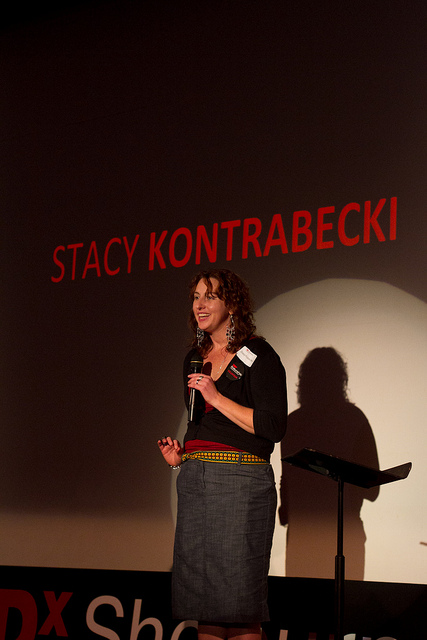“He was gifted with the sly, sharp instinct for self-preservation that passes for wisdom among the rich.”
—Evelyn Waugh, English author, born October 28, 1903
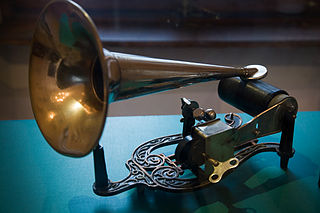
Sound recording is one of the the technical wonders that emerged in the prodigious 1880s. Thomas Edison invented and commercialized cylinder recording. By 1910, the more familiar disc recordings had come to dominate the industry. Rapid technical progress continued, with electric recording and playback coming in the 20s, and vinyl records at 33 and 45 rpm replacing the long-established 78s made out of shellac. Stereo recording replaced monaural recording by the late sixties. (My copy of the original Doors album. featuring “Light My Fire” (1967) was mono. It cost $2.99. Stereo was $3.99.)
Tape recording was pretty widespread by the sixties, and pre-recorded music cassettes of record albums started to be common in the early seventies. The first cassette I owned was the Rolling Stones’ great album, Sticky Fingers, which I bought in Florence, Italy in the summer of 1971. The music industry had also created another tape format, the eight-track tape with superior sound quality and convenience compared to cassettes. It was particularly convenient in the car. My father had an eight track deck in his pale blue ’67 GTO, the small collection including Brahms first symphony, a perennial favorite of the old man’s. But eight track lost out in the lost run to the smaller, more flexible cassette.
Continue reading “Edison to Eight-Track: Reflections on Recorded Music”

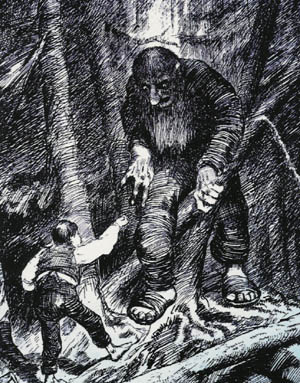 My goodness, the US House of Representatives is actually
My goodness, the US House of Representatives is actually  Boy and man, I have always loved systems. I was a software developer for most of my career. I devised, built, and ran lots of them. (Made a lot of money as a direct result of systems I built, too; but that’s a story for another day.) I think my very favorite kind of history is the history of systems, what
Boy and man, I have always loved systems. I was a software developer for most of my career. I devised, built, and ran lots of them. (Made a lot of money as a direct result of systems I built, too; but that’s a story for another day.) I think my very favorite kind of history is the history of systems, what 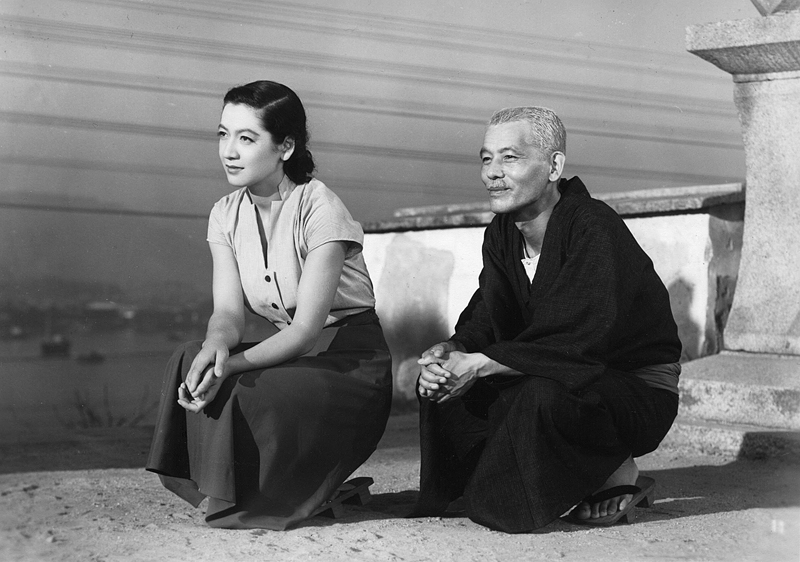 Linked to an article yesterday
Linked to an article yesterday 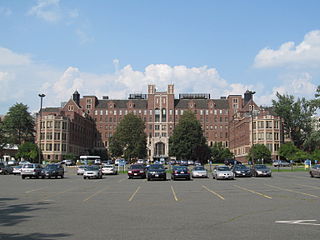 Spent all day on Friday and the morning on Saturday at Baystate Medical Center (not as a patient). They’re building a lot, there’s obviously lots of dough sloshing around, and they’re one of the largest employers in Western Massachusetts. In our rather quiet—somnolent?—local economy, this is going to need some attention from InCommN. More to come.
Spent all day on Friday and the morning on Saturday at Baystate Medical Center (not as a patient). They’re building a lot, there’s obviously lots of dough sloshing around, and they’re one of the largest employers in Western Massachusetts. In our rather quiet—somnolent?—local economy, this is going to need some attention from InCommN. More to come.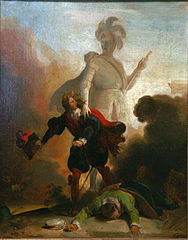 Decided yesterday that Jeeves prefigures the Artisanal Servant of the future. He is in fact an Artist. His medium is Bertie Wooster and his social network. (Can’t resist: Aunts Dahlia and Agatha; pals Augustus “Gussie” Fink-Nottle, Harold “Stinker” Pinker, and Hildebrand “Tuppy” Glossop.) The entire edifice of upper class life in Wodehouse’s stories comes to depend on Jeeves.
Decided yesterday that Jeeves prefigures the Artisanal Servant of the future. He is in fact an Artist. His medium is Bertie Wooster and his social network. (Can’t resist: Aunts Dahlia and Agatha; pals Augustus “Gussie” Fink-Nottle, Harold “Stinker” Pinker, and Hildebrand “Tuppy” Glossop.) The entire edifice of upper class life in Wodehouse’s stories comes to depend on Jeeves.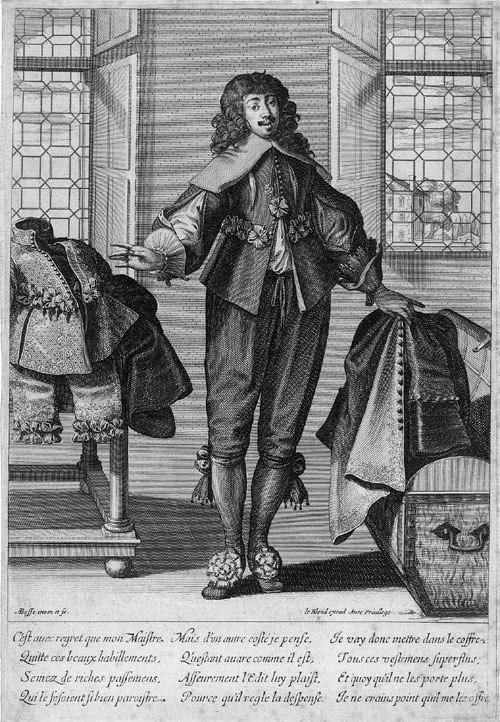 I posited
I posited 